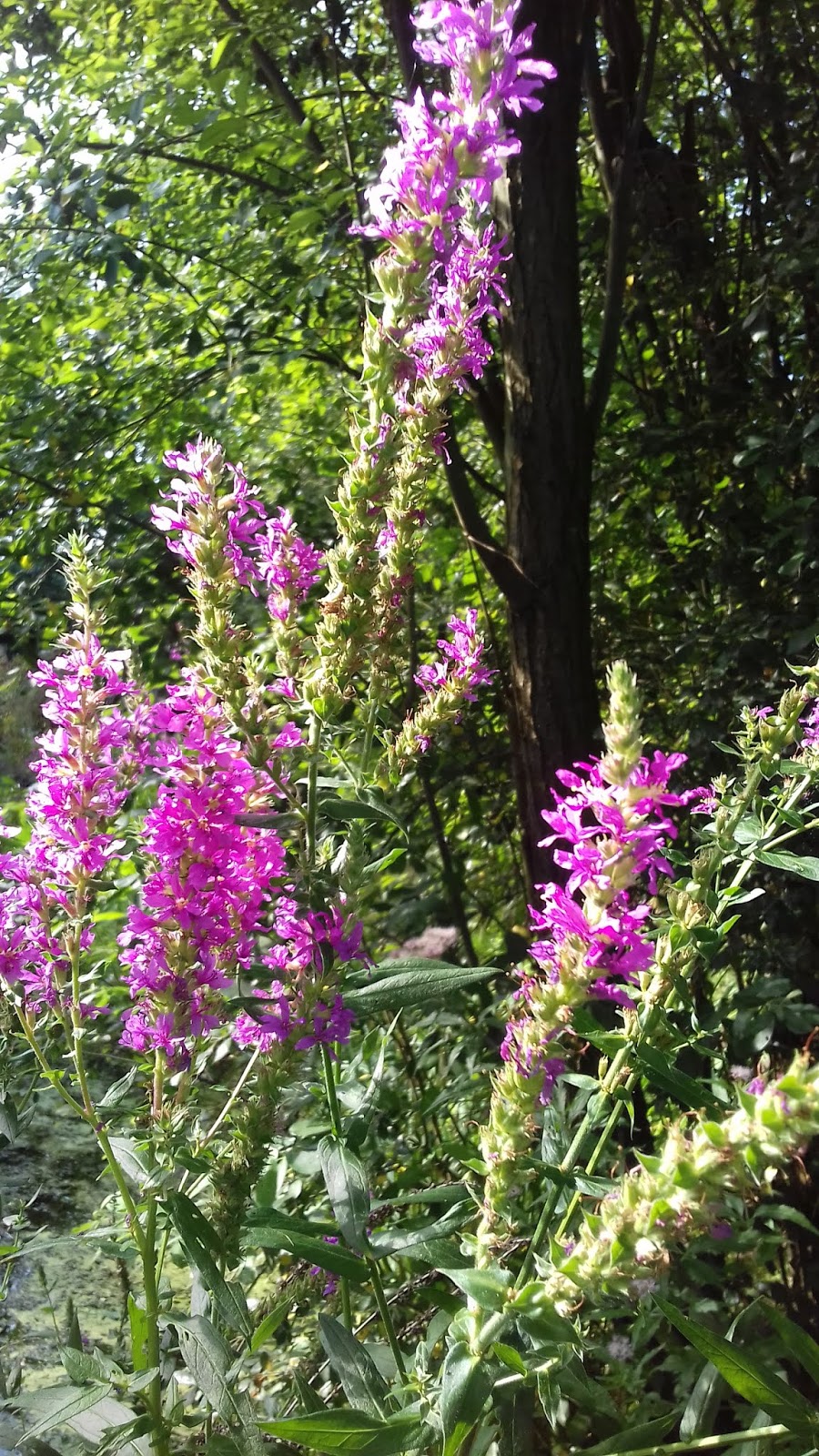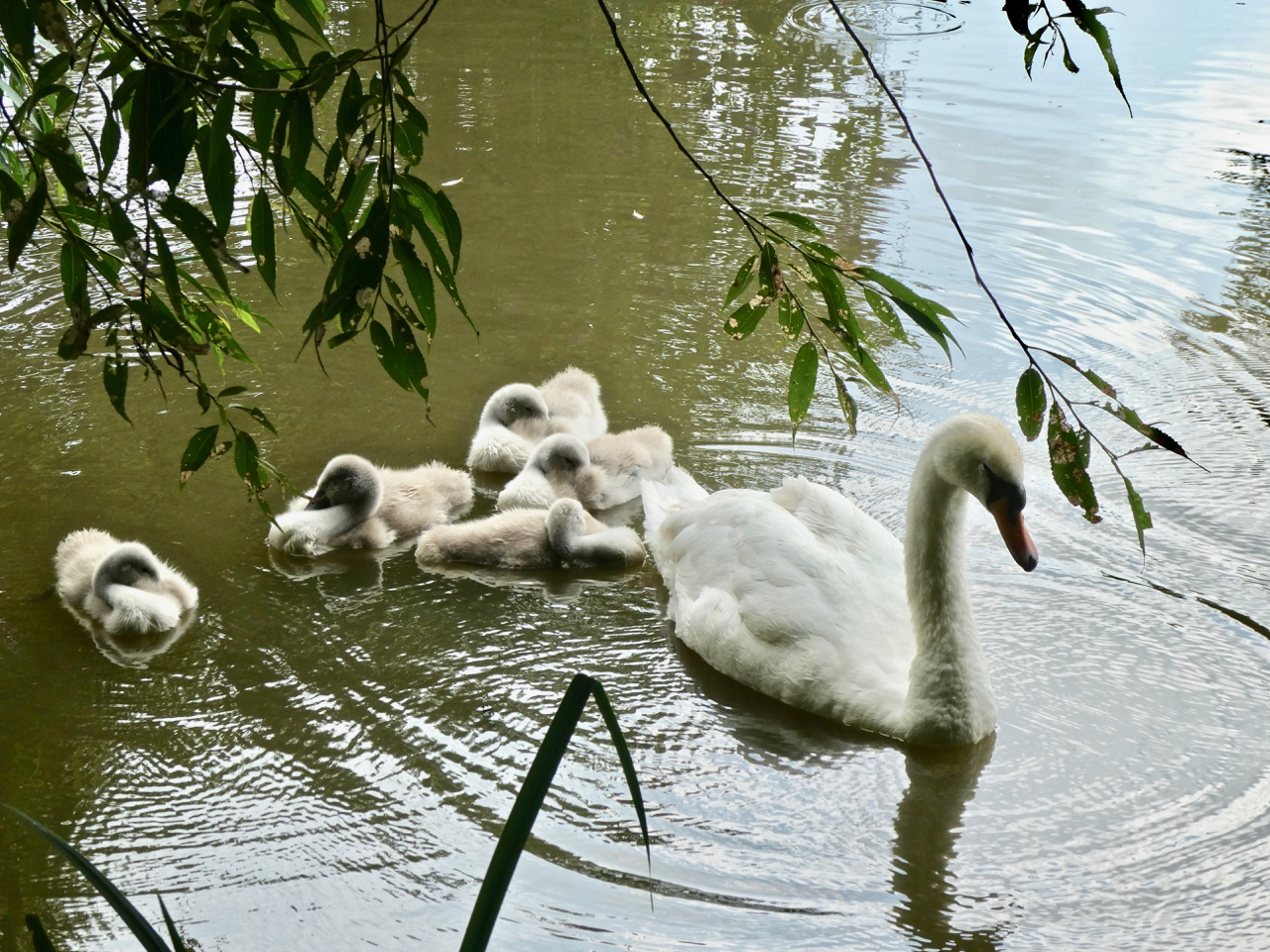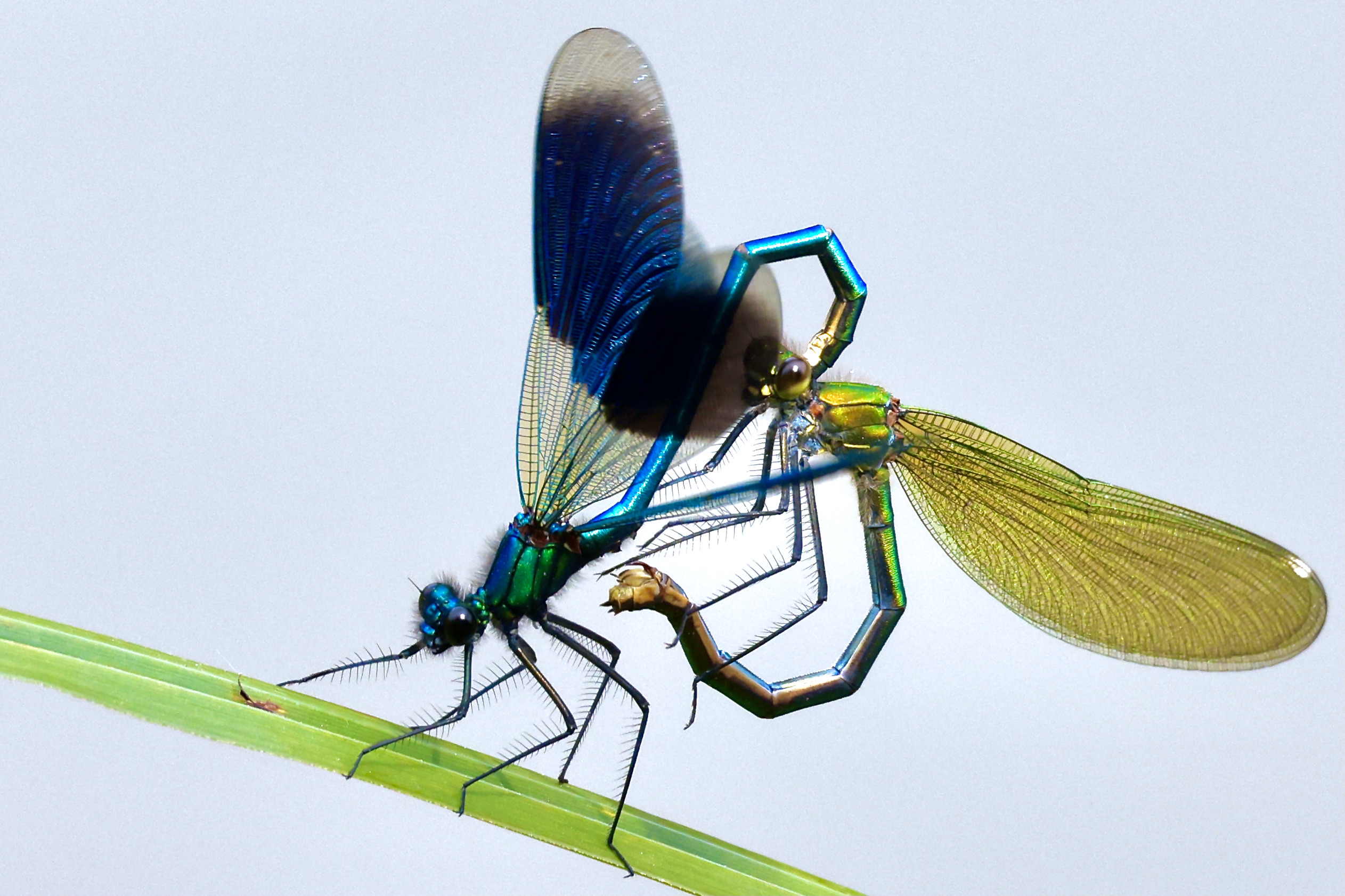Purple flowers are everywhere on the Trap Grounds this month, in the form of thistles, teasels, marjoram, mallow, knapweed, water mint, hemp agrimony, clustered bellflower, buddleia and michaelmas daisies (both of them garden escapes) … and (photographed below) Great Willowherb, Rosebay Willowherb, Purple Loosestrife, and Phragmites australis.

Great Willowherb (Epilobium hirsutum — ‘hirsutum’ refers to the softly hairy stem) frequents damp places and flourishes on the banks of the TG ponds and streams. Many insects feed on the leaves, including the Elephant Hawkmoth, Deilephila elpenor. This is the largest of all the willowherbs, even taller than the spiky-flowered Rosebay Willowherb (below), which flourishes on waste ground.

Purple Loosestrife, Lythrum salicaria (below), even taller than Great Willowherb, is another plant that flourishes in reedbeds, marshes, and riverbanks. Its nectar is a valuable food source for long-tongued insects, such as Brimstone butterflies, Red-tailed Bumblebees, and Elephant Hawkmoths.

Even our ubiquitous reeds, Phragmites australis, providing safe havens for Water Voles, Water Rails, Reed Buntings, and Reed Warblers, produce purple flowers in dense panicles in August.



